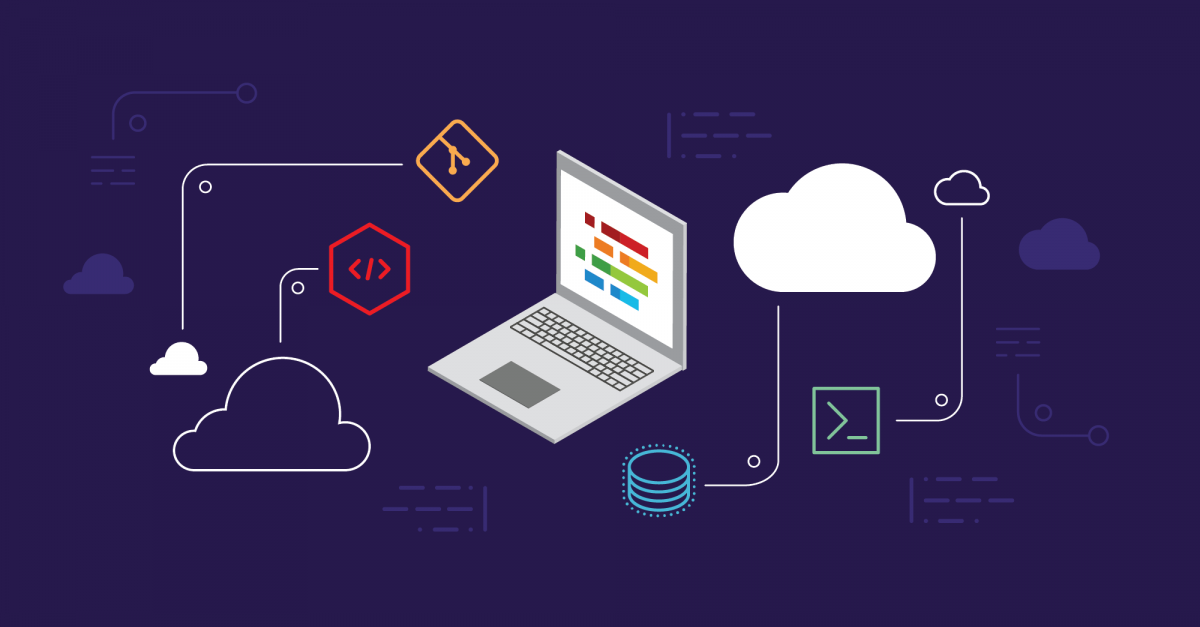Choosing the right Integrated Development Environment (IDE) is a crucial decision for developers as it significantly impacts productivity, code quality, and overall development experience. Here’s a comprehensive guide to help developers make an informed decision when selecting an IDE:
1. Understand Your Requirements:
- Language Support: Ensure the IDE supports the programming languages you work with regularly.
- Project Types: Consider the types of projects you work on (web development, mobile apps, data science) and choose an IDE optimized for those.
2. User Interface and Experience:
- Customization: Look for an IDE that allows customization of the user interface to suit your preferences.
- Ease of Navigation: A clean and intuitive interface can enhance productivity.
3. Code Assistance and Productivity Features:
- Code Completion: Advanced code completion can significantly speed up coding.
- Refactoring Tools: IDEs with powerful refactoring tools can help maintain clean and efficient code.
- Debugging Support: Robust debugging features are essential for identifying and fixing issues.
4. Version Control Integration:
- Git, SVN, etc.: Ensure seamless integration with version control systems you use.
5. Plugin Ecosystem:
- Community Support: A vibrant plugin ecosystem can extend the functionality of your IDE.
- Marketplace: Check if the IDE has a marketplace for easy access to plugins.
6. Performance:
- Resource Usage: Consider the IDE’s impact on system resources, especially for large projects.
7. Collaboration and Team Features:
- Collaboration Tools: For team projects, features like real-time collaboration can be beneficial.
- Code Review Integration: Integration with tools for code reviews can enhance collaboration.
8. Platform Compatibility:
- Cross-Platform: Choose an IDE that works seamlessly across different operating systems.
9. Community and Support:
- Active Community: An active user community can be a valuable resource for problem-solving.
- Documentation: Well-documented IDEs can make it easier to troubleshoot issues.
10. Cost and Licensing:
- Free vs. Paid: Consider your budget and whether the features offered in a paid IDE justify the cost.
- Open Source Options: Explore open-source IDEs if budget constraints are a concern.
11. Learning Curve:
- Ease of Learning: Evaluate how quickly you can adapt to the IDE.
- Training Resources: Availability of tutorials and documentation can aid in the learning process.
12. Continuous Updates:
- Frequency: Regular updates ensure that your IDE stays current with language and technology changes.
13. Security Features:
- Code Analysis: Built-in tools for code analysis can help identify security vulnerabilities.
14. Trial Period:
- Try Before Committing: Many paid IDEs offer trial periods. Take advantage of these to ensure compatibility with your workflow.
15. Future Scalability:
- Scalability: Choose an IDE that can scale with your growing projects and evolving skill set.
Conclusion:
Carefully weigh your specific needs against the features offered by different IDEs. It’s often a good idea to experiment with a few options to see which one aligns best with your workflow and preferences. Remember that the “best” IDE is subjective and depends on individual requirements and preferences.








